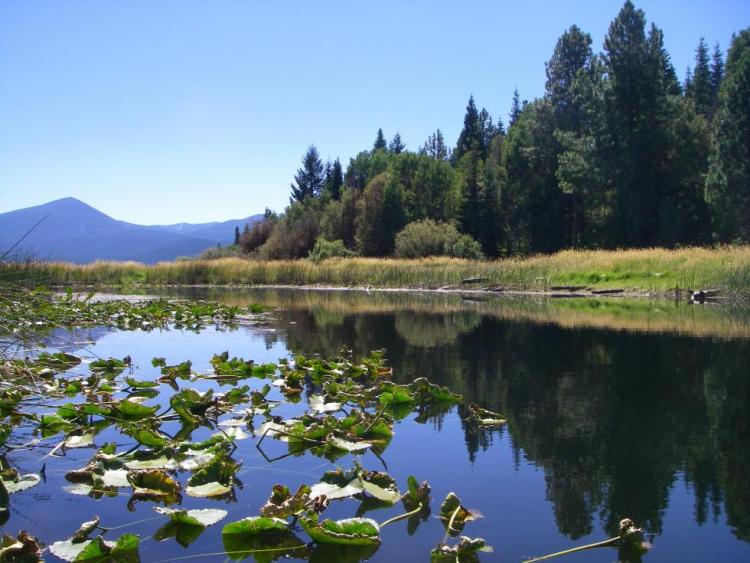
Includes Upper Klamath Lake, the largest freshwater lake west of the Rocky Mountains. Area includes surrounding habitat to the north and adjacent to the Sky Lakes area
COA ID: 138
Ecoregions
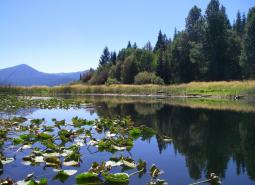
East Cascades
The East Cascade ecoregion extends from the Cascade Mountains’ summit east to the warmer, drier high desert and down the length of the state. This ecoregion varies dramatically from its cool, moist border with the West Cascades ecoregion to its dry eastern border, where it meets sagebrush desert landscapes.
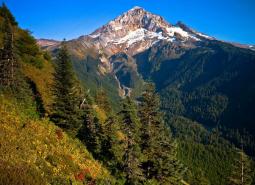
West Cascades
The West Cascades ecoregion extends from east of the Cascade Mountains summit to the foothills of the Willamette, Umpqua, and Rogue Valleys, and spans the entire length of the state of Oregon. It is largely dominated by conifer forests, moving into alpine parklands and dwarf shrubs at higher elevations.
Strategy Habitats
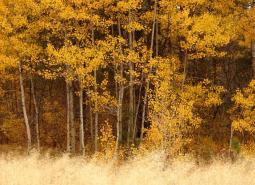
Aspen Woodlands
Aspen woodlands are woodland or forest communities, dominated by aspen trees with a forb, grass, or shrub understory. Aspen woodlands can also occur within conifer forests.
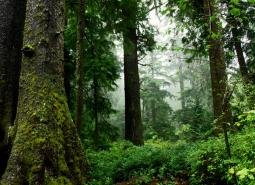
Late Successional Mixed Conifer Forests
Late successional mixed conifer forests provide a multi-layered tree canopy, including large-diameter trees, shade-tolerant tree species in the understory, and a high volume of dead wood, such as snags and logs.
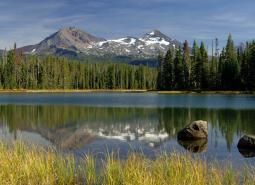
Natural Lakes
Natural lakes are relatively large bodies of freshwater surrounded by land. For the purposes of the Conservation Strategy, natural lakes are defined as standing water bodies larger than 20 acres, including some seasonal lakes.
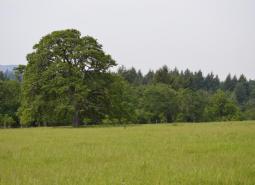
Oak Woodlands
Oak woodlands are characterized by an open canopy dominated by Oregon white oak.
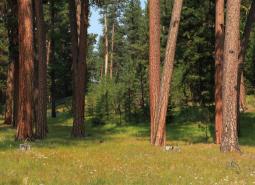
Ponderosa Pine Woodlands
Ponderosa pine woodlands are dominated by ponderosa pine, but may also have lodgepole pine, western juniper, aspen, western larch, grand fir, Douglas-fir, mountain mahogany, incense cedar, sugar pine, or white fir, depending on ecoregion and site conditions. Their understories are variable combinations of shrubs, herbaceous plants, and grasses.
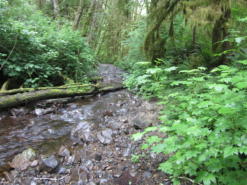
Flowing Water and Riparian Habitats
Flowing Water and Riparian Habitats include all naturally occurring flowing freshwater streams and rivers throughout Oregon as well as the adjacent riparian habitat.
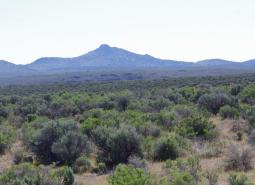
Sagebrush Habitats
Sagebrush habitats include all sagebrush steppe- and shrubland-dominated communities found east of the Cascade Mountains.
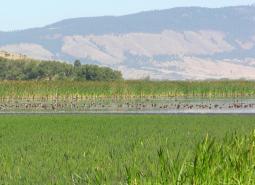
Wetlands
Wetlands are covered with water during all or part of the year. Permanently wet habitats include backwater sloughs, oxbow lakes, and marshes, while seasonally wet habitats include seasonal ponds, vernal pools, and wet prairies.
Strategy Species
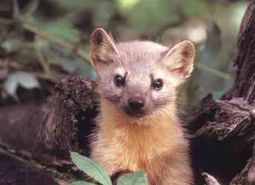
Pacific Marten (Observed)
Martes caurina
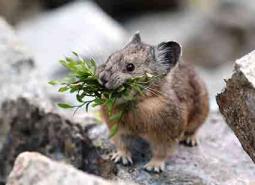
American Pika (Modeled Habitat)
Ochotona princeps
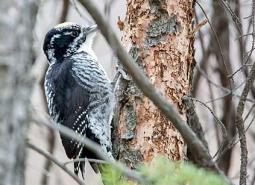
American Three-toed Woodpecker (Observed)
Picoides dorsalis
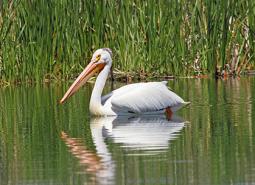
American White Pelican (Observed)
Pelecanus erythrorhynchos
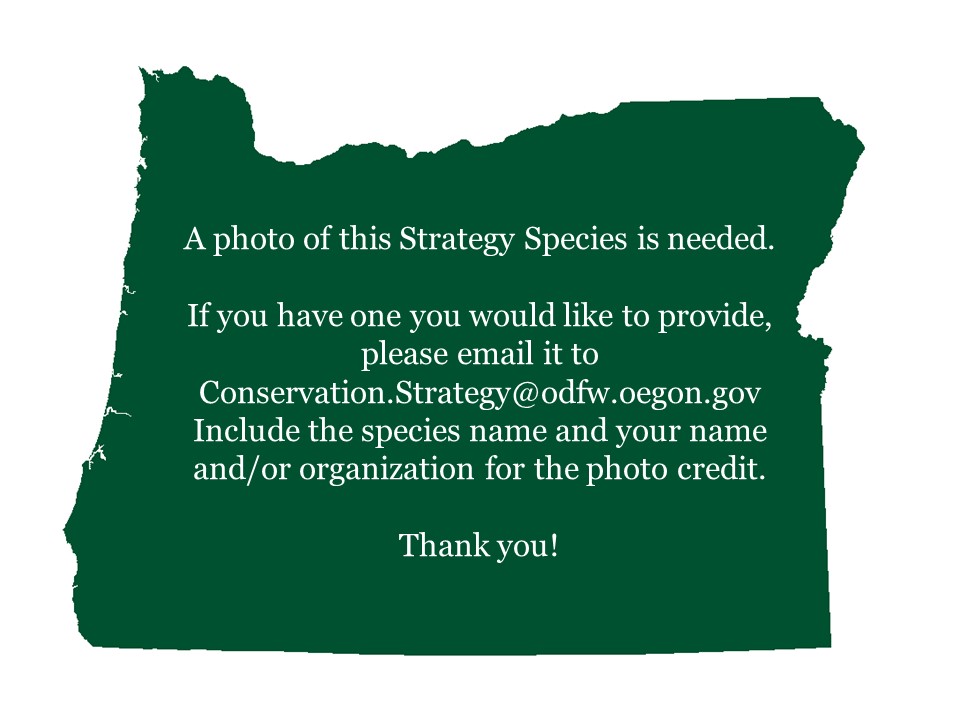
Archimedes Springsnail (Observed)
Pyrgulopsis archimedis
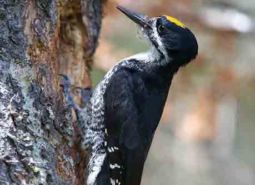
Black-backed Woodpecker (Observed)
Picoides arcticus
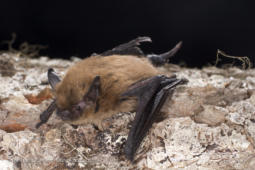
California Myotis (Observed)
Myotis californicus
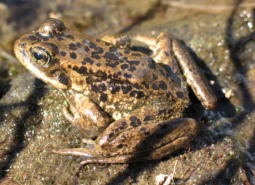
Cascades Frog (Observed)
Rana cascadae
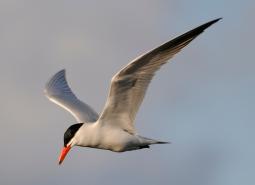
Caspian Tern (Observed)
Hydroprogne caspia
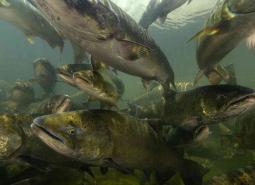
Chinook Salmon (Documented)
Oncorhynchus tshawytscha

Dall’s Ramshorn (Observed)
Vorticifex effusa dalli
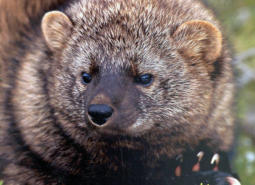
Fisher (Modeled Habitat)
Pekania pennanti
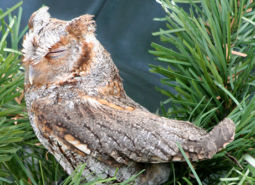
Flammulated Owl (Observed)
Psiloscops flammeolus
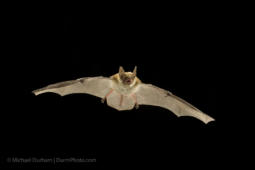
Fringed Myotis (Observed)
Myotis thysanodes

Great Basin Ramshorn (Observed)
Helisoma newberryi newberryi
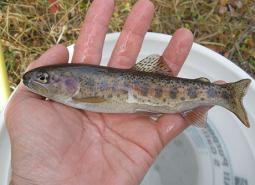
Great Basin Redband Trout (Documented)
Oncorhynchus mykiss newberrii
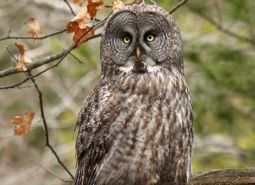
Great Gray Owl (Observed)
Strix nebulosa
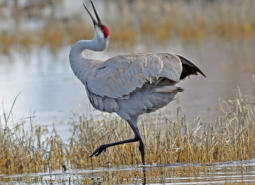
Greater Sandhill Crane (Observed)
Antigone canadensis tabida

Highcap Lanx (Observed)
Lanx alta
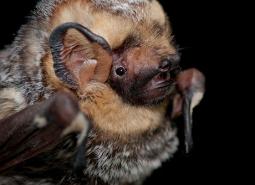
Hoary Bat (Modeled Habitat)
Lasiurus cinereus

Klamath Ramshorn (Observed)
Vorticifex klamathensis klamathensis
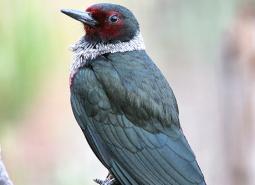
Lewis’s Woodpecker (Observed)
Melanerpes lewis

Lined Ramshorn (Observed)
Vorticifex effusa diagonalis
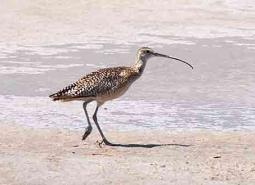
Long-billed Curlew (Observed)
Numenius americanus
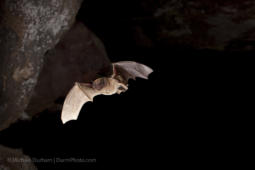
Long-legged Myotis (Observed)
Myotis volans
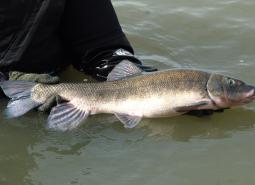
Lost River Sucker (Documented)
Deltistes luxatus
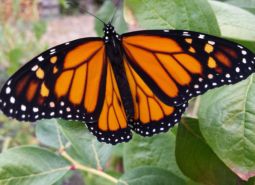
Monarch Butterfly (Observed)
Danaus plexippus
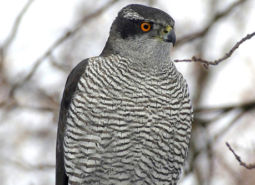
Northern Goshawk (Observed)
Accipiter gentilis atricapillus
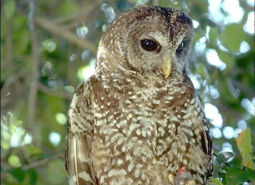
Northern Spotted Owl (Observed)
Strix occidentalis caurina
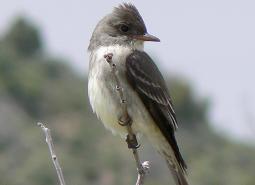
Olive-sided Flycatcher (Observed)
Contopus cooperi
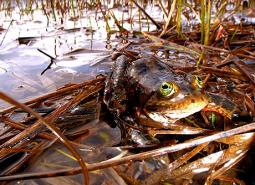
Oregon Spotted Frog (Observed)
Rana pretiosa
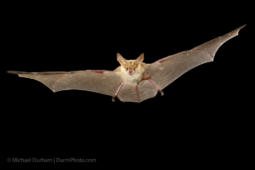
Pallid Bat (Observed)
Antrozous pallidus
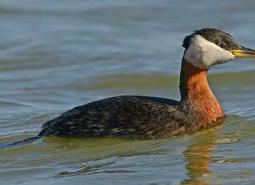
Red-necked Grebe (Observed)
Podiceps grisegena
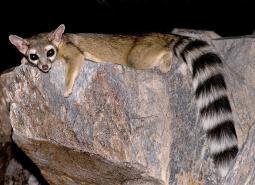
Ringtail (Modeled Habitat)
Bassariscus astutus
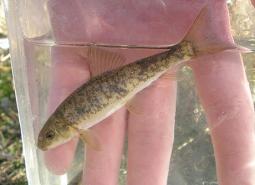
Shortnose Sucker (Documented)
Chasmistes brevirostris
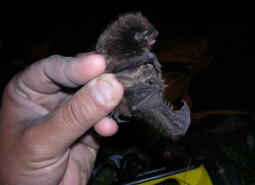
Silver-haired Bat (Observed)
Lasionycteris noctivagans

Sinitsin Ramshorn (Observed)
Vorticifex klamathensis sinitsini

Siskiyou Hesperian (Observed)
Vespericola sierranus
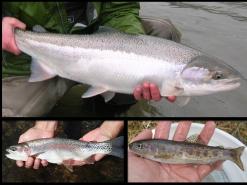
Steelhead / Rainbow / Redband Trout (Documented)
Oncorhynchus mykiss ssp
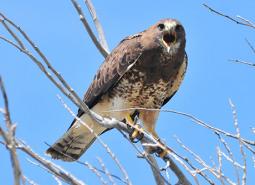
Swainson’s Hawk (Observed)
Buteo swainsoni
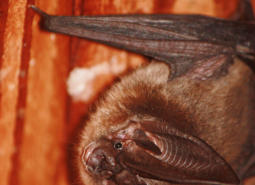
Townsend’s Big-eared Bat (Modeled Habitat)
Corynorhinus townsendii
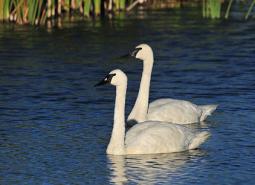
Trumpeter Swan (Observed)
Cygnus buccinator
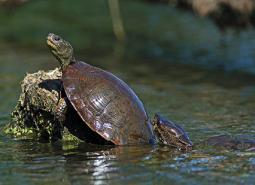
Northwestern Pond Turtle (Observed)
Actinemys marmorata
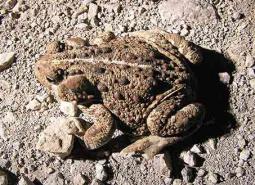
Western Toad (Observed)
Anaxyrus boreas
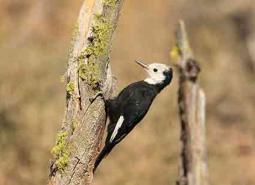
White-headed Woodpecker (Observed)
Picoides albolarvatus
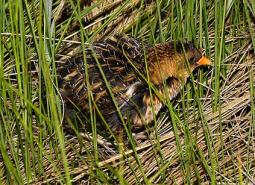
Yellow Rail (Observed)
Coturnicops noveboracensis noveboracensis